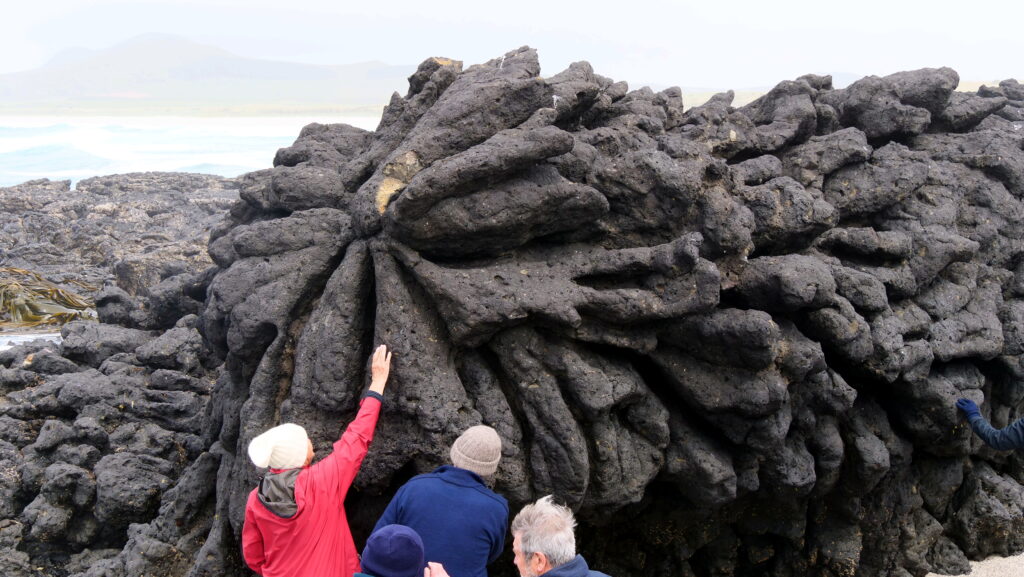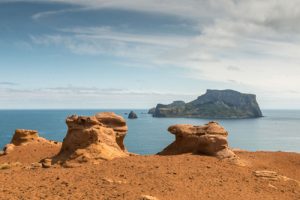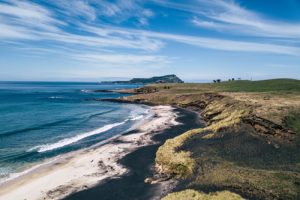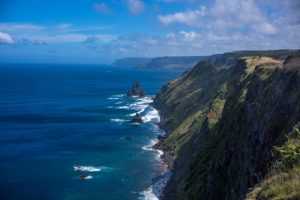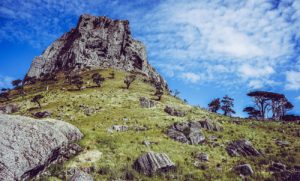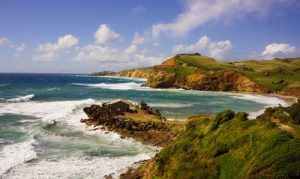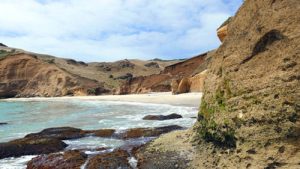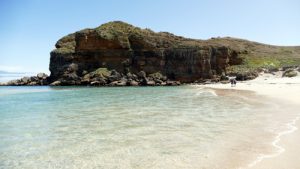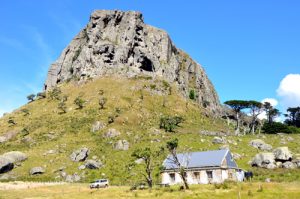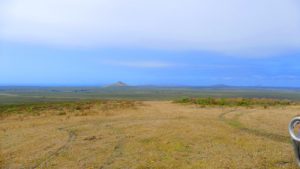CHATHAM ISLANDS GEOLOGY
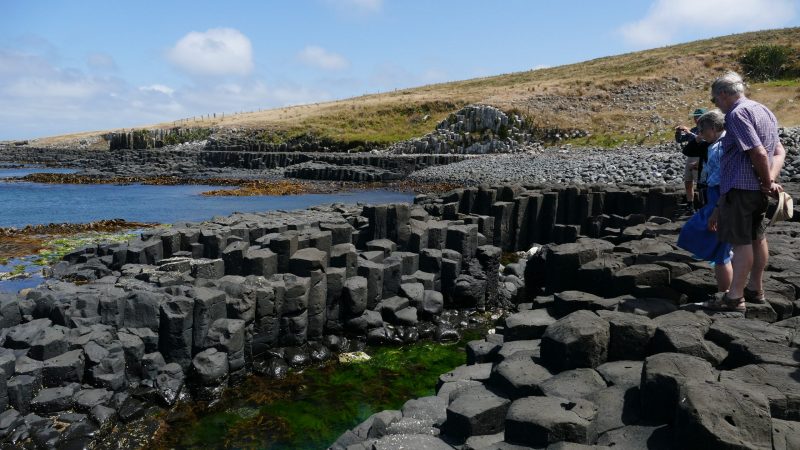
The Chatham Islands are very special for many reasons geologically but most importantly they are a remote outpost in eastern Zealandia, well-removed from the active plate boundary that mainland New Zealand straddles. They lie 800 kilometres to the east of the South Island’s Alpine Fault, the NE-SW oriented boundary between the Australian Plate (to the west) and the Pacific Plate (to the east) that courses up the west side of the Southern Alps. They therefore occupy an intra-plate location 800 kilometres east of the western edge of the Pacific Plate.
Furthermore, because they are part of Zealandia, they are underlain by continental crust (not oceanic crust) on the Pacific Plate. And, because of their distance from the plate boundary, they are very stable and tectonically ‘quiet’. In this sense they are the most continent-like or ‘Australia-like’ part of New Zealand, with negligible seismicity. In this regard (from a seismic hazard perspective) the Chatham Islands are the safest part of New Zealand. The geology reflects this with no active faults and remarkably undisturbed (undeformed) layer-cake formations of sedimentary rock spanning the past 95 million years.
The oldest ‘basement’ rocks of the Chatham Islands are metamorphic rocks (schist and greywacke), characteristic of continental crust, and very similar to rock formations exposed in Central Otago (southern South Island). When geologists first discovered this in the 19th century, the Chathams were considered very unusual indeed. Pretty much all other small oceanic islands globally were volcanic.
The geology of the Chatham Islands reveals aspects of the three major episodes of geological history that relate to the New Zealand region: 1) Gondwana, pre-85 million years ago, 2) Zealandia, 85-25 million years ago, and 3) New Zealand, post-25 million years ago. Most significantly the geology records aspects of two major ocean-forming (i.e. oceanic crust forming) events in the SW Pacific Ocean, namely 1) the E-W opening of the Tasman Sea (85-55 million years ago) between Gondwana and Zealandia, and 2) the N-S opening of the Great Southern Ocean between Australia (with Zealandia locked to it) and Antarctica (35 million years ago to present day; still active!).
As a consequence of crustal stretching and thinning of Zealandia as it parted company with Gondwana, Zealandia was largely submerged. To this day, 95 % of Zealandia is still submarine. The geology of the Chatham Islands presents a magnificent record of this. The Chatham Islands have been submarine for at least 65 million years of the past 70 million years, and have only been emergent as land and hence islands for about three million years. This is an astonishing history! But it goes a long way to explaining why the native terrestrial biota of the Chatham Islands is so restricted in terms of numbers of species and hence low in biodiversity.
Another remarkable feature of the Chatham Islands is that it has been the locus of volcanism for the past 85 million years.
A large terrestrial shield volcano formed between 85 and 80 million years ago centred in Pitt Strait. Remnants of the volcano form southern Chatham Island and much of Pitt Island. However, from about 65 million years ago through to three million years ago, there has been protracted small-volume basalt volcanism and ALL of it was submarine.
The youngest volcano in the Chathams is The Pyramid, south of Pitt Island.
The spectacular small conical hills of northern Chatham Island are all erosional remnants of ‘Auckland-like’ basalt volcanoes that all erupted on the sea floor rather than on land
Lastly, because of the remarkable submarine history of the Chathams over most of the past 70 million years, its geology presents a wonderful on-land ‘window’ on the geology of the Chatham Rise. After all, the Chathams are located in the eastern half of the Chatham Rise.

